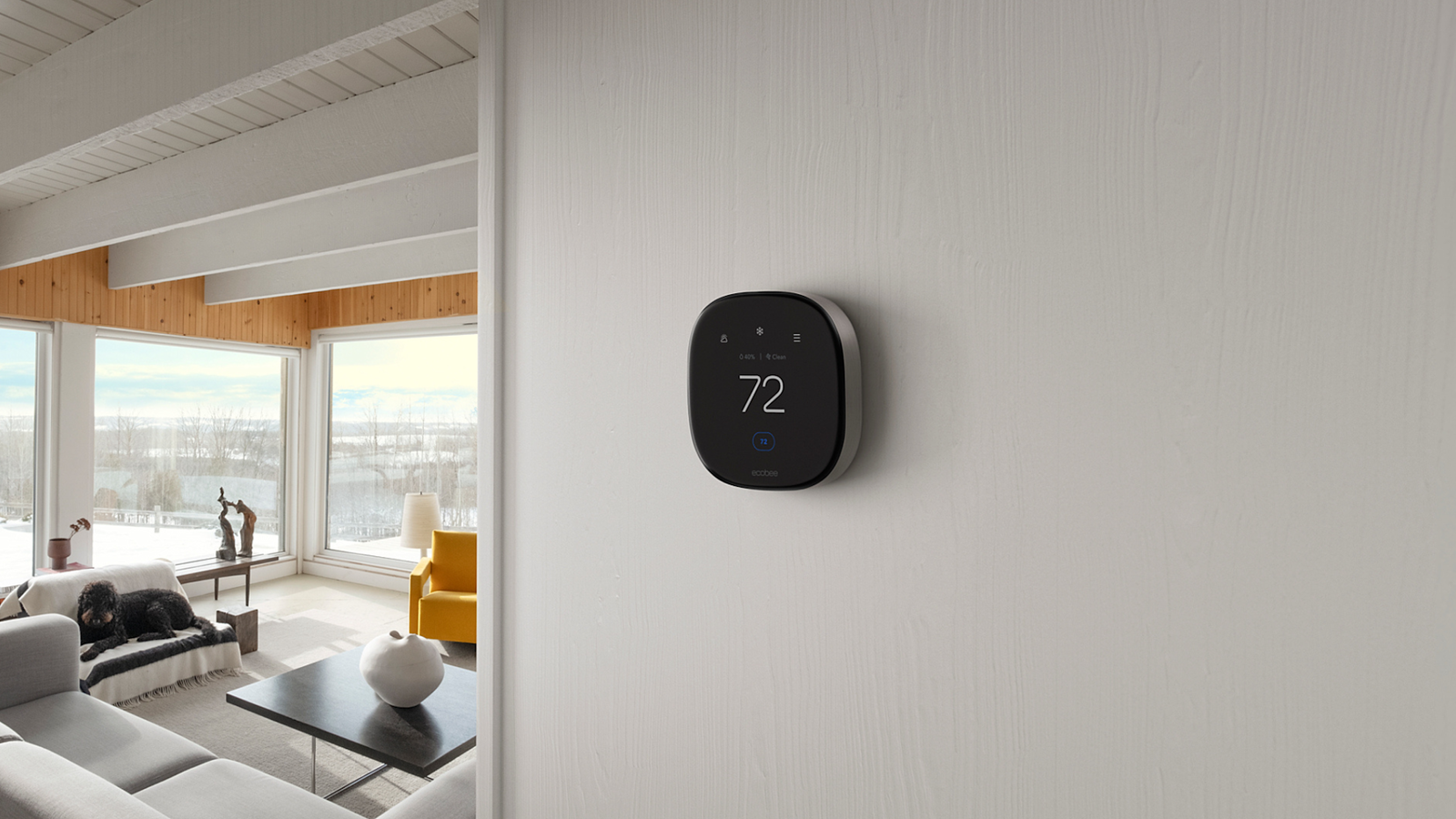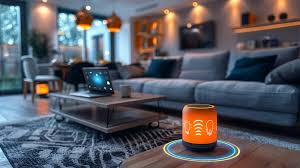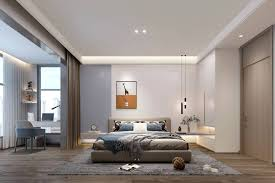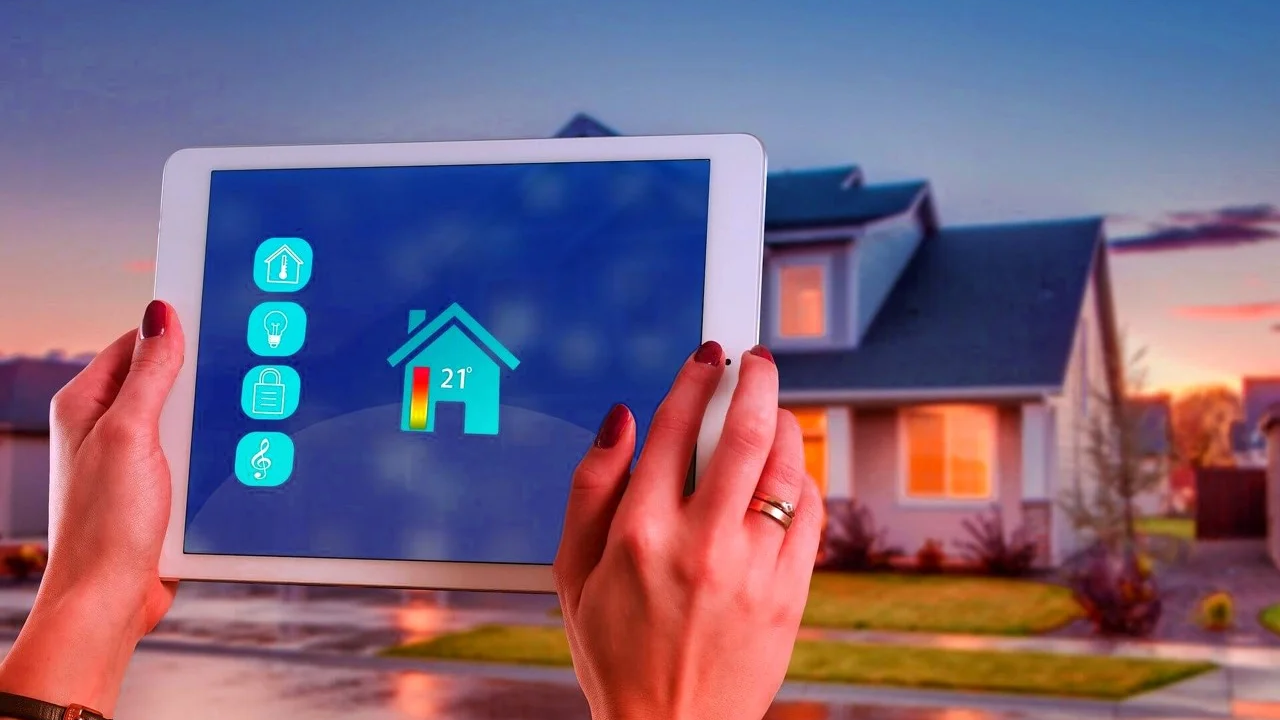Now Reading: Smart Home Trends in 2025: 7 Amazing Innovations to Watch
-
01
Smart Home Trends in 2025: 7 Amazing Innovations to Watch
Smart Home Trends in 2025: 7 Amazing Innovations to Watch

Table of Contents
In recent years, smart homes have shifted from luxury to necessity. By 2025, technology is no longer just about convenience it is about energy savings, security, sustainability, and lifestyle upgrades. With rapid advancements in artificial intelligence (AI), Internet of Things (IoT), and automation, smart home devices are becoming smarter, more connected, and more affordable.
Experts believe that 2025 will be a turning point in how people design and live in their homes. From AI-powered kitchens to energy-efficient devices, smart living is setting new standards for modern households.
Artificial Intelligence at the Heart of Smart Homes
Artificial intelligence is no longer limited to digital assistants like Alexa, Siri, or Google Home. In 2025, AI plays a central role in managing entire households. Smart homes now use AI to learn the behavior of residents and adapt accordingly.
For example, lights automatically adjust based on the time of day and the homeowner’s routine. AI-powered climate control systems predict when to heat or cool a room, saving both money and energy. Even kitchen appliances are now equipped with AI, suggesting recipes based on available ingredients or dietary preferences.
The rise of generative AI also means personalized recommendations for home entertainment, security settings, and even grocery shopping lists. This makes smart homes more intuitive than ever before.
Sustainability and Energy Efficiency Take Center Stage
As governments push for greener living and carbon neutrality, smart homes in 2025 are designed with sustainability in mind. Solar-powered roofs, energy-efficient appliances, and AI-driven power management systems are becoming standard features.
Smart meters now monitor water and electricity use in real time, helping homeowners cut down on waste. Appliances automatically switch to eco-mode when energy prices peak, while advanced sensors detect leaks or inefficiencies.
Many new residential projects also come with built-in energy storage systems, allowing homeowners to store solar power and use it during peak hours. This trend is especially popular in regions with high energy costs.
Smarter Security Solutions

Home security is one of the fastest-growing segments of smart technology in 2025. Traditional CCTV systems are being replaced with AI-powered cameras that recognize faces, detect unusual behavior, and send instant alerts to homeowners.
Smart locks and biometric authentication have become standard. Instead of keys, doors can now be unlocked with fingerprints, facial recognition, or smartphone apps. Many systems also allow homeowners to grant temporary digital access codes to guests or service workers.
Another major trend is integrated security ecosystems. All devices cameras, sensors, alarms, and locks are connected to a single dashboard, giving homeowners complete control from anywhere in the world.
Health and Wellness at Home
Post-pandemic lifestyles have fueled demand for smart health technologies at home. In 2025, many households are equipped with wellness devices that track air quality, monitor sleep patterns, and even detect allergens.
Smart beds adjust firmness based on body posture, while bathroom mirrors display health data such as skin hydration or heart rate. Advanced kitchens also integrate with health apps, helping families plan balanced meals and track nutrition.
Some homes even come with built-in fitness technology interactive mirrors, AI-driven workout recommendations, and virtual personal trainers. These solutions allow residents to maintain a healthy lifestyle without leaving the house.
Voice and Gesture Control
Touchscreens are slowly being replaced by voice and gesture control. Smart homes in 2025 allow residents to adjust settings using simple hand movements or natural voice commands.
For example, waving your hand can dim the lights, while a voice command can brew your morning coffee. This hands-free approach adds convenience, particularly for elderly or disabled residents.
Voice assistants are now more advanced, supporting multiple languages, personalized voices, and context-aware conversations. Instead of generic commands, these assistants understand natural speech and adapt to each family member’s preferences.
Smart Kitchens and Connected Appliances

The kitchen has become one of the most technologically advanced spaces in a smart home. Refrigerators track expiry dates, ovens suggest cooking times, and dishwashers automatically run at energy-efficient hours.
In 2025, many smart kitchens are linked to grocery delivery services. When your fridge notices you are running low on milk, it automatically places an order. Some homes even feature robotic kitchen arms capable of preparing simple meals.
This integration between smart appliances and e-commerce platforms saves time and reduces food waste, making daily life easier and more efficient.
The Rise of Interoperability
One of the biggest frustrations in early smart homes was device compatibility. In 2025, interoperability is finally a reality. Thanks to industry standards like Matter, devices from different brands can now work seamlessly together.
This means a homeowner can connect smart bulbs from one brand, a thermostat from another, and security systems from a third all managed through a single app or voice assistant.
Interoperability not only makes smart homes more practical but also encourages healthy competition, leading to better products and affordable pricing for consumers.
Affordable Smart Home Technology
What was once a luxury for the wealthy is now accessible to average households. Prices of smart speakers, security systems, and automation hubs have dropped significantly in 2025. Subscription-based services also make it easier for homeowners to upgrade without heavy upfront investments.
Governments and developers are also offering incentives for smart, energy-efficient homes, further boosting adoption. As a result, smart home technology is no longer a futuristic dream but a mainstream reality.
Looking Ahead
Smart homes in 2025 are not just about convenience they represent a complete lifestyle shift. They are greener, healthier, more secure, and more connected than ever before.
With AI at the core, sustainability driving innovation, and affordability breaking barriers, the future of living is already here. For homeowners, embracing these trends means stepping into a world where technology and comfort go hand in hand.
As one industry expert puts it: The smart home of 2025 is not just about gadgets; it’s about creating a home that thinks, learns, and cares for its people.
READ MORE:- Inside the World of Business Acquisitions: Secrets of Corporate Growth 2025



















